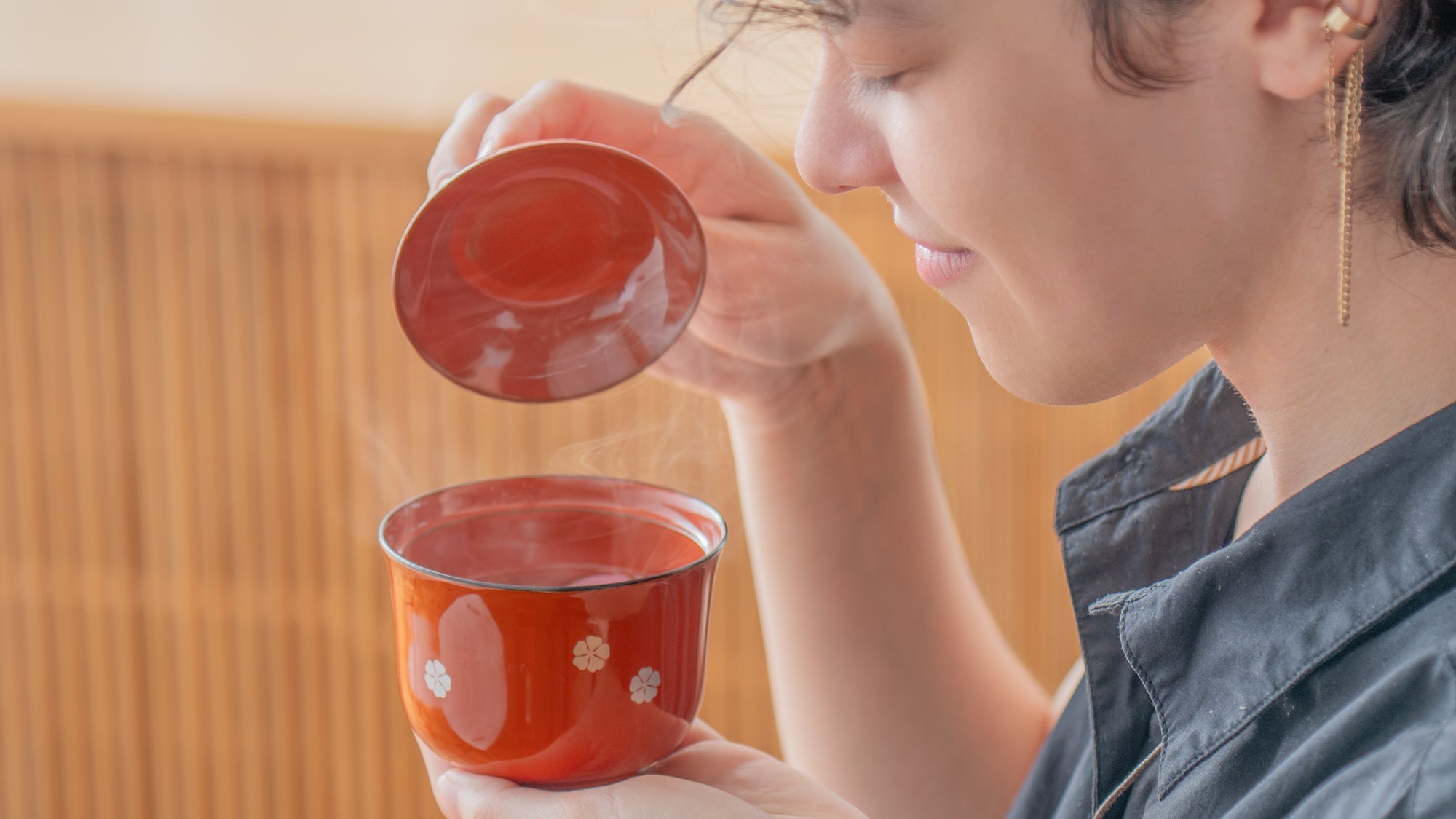
Mindful Moments: Crafting Calm with the Five Senses
Written by Team MUSUBI
In this busy, on-the-go world, it can be hard to take a moment for ourselves. But when everything becomes a bit too much, we can always put away the screens and return to the comforting embrace of our five senses.
For ideas on curating a serene and mindful environment that is a joy to return to again and again, try the down-to-earth realness of Japanese hand-crafting. Japanese artistry has honed shapes and materials over centuries to enhance tactile, auditory, and taste experiences. With the hands of real craftspeople involved in every creation, our connection to other people—be they close to home or on another continent—come alive in the feel of clay and scent of tea.
Learn how to sink into your senses of hearing, sight, smell, touch, and taste to curate a special moment of calm.
Table of contents
Ground Yourself in the Present Moment
Start with a short exercise to reconnect with your body and the present moment.
There are many ways to ground yourself, many inspired by Zen tradition and mindfulness. One of the simplest ways for many people is to take a few full, deep breaths. Especially when we’re stressed, our breathing tends to become shallow, getting caught up in the upper chest. To counteract that, inhale through your nose, letting your belly rise. Allow the air to fill your lungs fully. On the exhale, breathe out through your mouth slowly and with control.
Try three breaths. Where do you feel your breath the most? Do you feel cool or warm air around your nose? Or perhaps you feel the air more in your belly? A nonjudgmental curiosity here can help you gently return to your body.

Not everybody finds awareness of breath soothing. If this is you, don’t worry. Another way to reconnect is to rest a hand on your chest and feel your heartbeat. Focus gently until you feel the rhythm. Stay here for several beats, maybe for the length of a few breaths or a count of ten. Allow your heart to welcome you home.
And if any of these or the following exercises end up making you feel more stressed, don’t hesitate to skip them! Just do what works for you, and leave the rest.
Hearing: Refreshing Wind Chimes
Now for the first element of our soothing moment: sound.
What can you hear in your environment? Perhaps the rise and fall of voices in another room? Traffic outside the window? Crickets, frogs, or birdsong?
Try pausing briefly on each sound. It’s common to tune out the noise in our environments. But what does each truly sound like? Is it soft or loud, high or low, close or distant? What is the quality of the sound? Can you notice something new about it or about the way you hear it?
You can also add a pleasant sound to your environment. We sampled a traditional wind chime. In Japan, the sounds of wind chimes are cherished for their soothing tones, said to give a feeling of coolness in the summer.
A soft breeze stirs the washi paper string of the Medaka Rice Fish Wind Chime, making the clapper strike the porcelain bell with a clear, bright tone. It’s bright and high for a moment. Then the note fades gracefully into the air, leaving resonant ripples behind. Swirling the washi paper brings a short symphony of notes, bright with a quick fade. What might it sound like, hung on a porch or balcony, allowed to sway in the breeze?
Sight: Flowers in a Vase That Rewards Repeated Looking
For sight, you can pick anything around you, but try looking at it closely or in a new way. Something beautiful or pleasing to look at, such as a vase, can be especially rewarding for this purpose.
We tried it with the Ginsai Crane Japanese Flower Vase. The decorations, made of gold and silver leaf, shine and catch the light differently with every movement. Looking closer, the sharply-defined outlines of the cranes are so detailed—it’s awe-inspiring that these slender forms can be made in something as delicate as gold leaf. New details continue to emerge: the play of light across glaze crackles, the gentle gradation of blue into white.
What new things might you notice about what’s around you?
Smell: Wafting Scent with a Lidded Soup Bowl
Next, breathe in through your nose and see what you smell. The sense of smell can be surprising. Even if you don’t think you smell anything, there might be something subtle there: the fabric of your chair, the wood dresser across the room, a light fragrance in the air.
To hone your sense of smell, why not try a simple soup in a lidded bowl? We prepared a gentle miso soup in the Sakura Miso Soup Bowl with Lid. Lifting the lid allows the fragrant steam to escape. You can use the lid to gently waft puffs of steam toward you for a stronger or weaker fragrance.
Can you go deeper into the smell than just the label of “broth?” Do you get notes of umami, or notes of salt? Is there anything unexpected in the scent?
Close the lid and notice how that affects the soup’s fragrance. Does it slowly dissipate? Does it remain strong in your nostrils? This is an opportunity to experiment and play, truly noticing what’s there.
Touch: Feel Your Way with Chopsticks
The sensations felt through touch are a broad category. For example, the brush of clothes against your skin, the feel of the ground under your feet, or even the warmth or coolness of the air on your face are all experienced through the sense of touch. See what you feel right now.
You can also focus on the details of one specific thing you can touch. We tried it with a favorite pair of chopsticks—especially good if you’re thinking of bringing more mindfulness into your daily meals.
Today, the Ganko Large Chopsticks are the pair of choice. Made of bamboo, they feel light from the moment they are picked up and smooth against the skin. Their width makes them easy to grip. Running the fingers down them, you might be able to feel the subtle natural grain. Jiggle them in your grip. Can you find the perfect balancing point?
The sense of touch, especially, can bring us back to the moment of Now.
Taste: Bring Out Flavors with a Tin Sake Carafe
Even without eating anything, you might be able to taste something. What is your current taste baseline? Perhaps the aftertaste of your coffee or toothpaste? The taste of the air, perhaps? Or maybe that undefinable but familiar taste of your mouth itself?
To explore the many-layered yet difficult-to-express contours of taste, you might choose a food or beverage that’s nuanced or a bit complex, served in a vessel that brings out its flavor.
We tried this with Japanese sake—famously delicate—and the Seigado Chirori Tin Sake Carafe, whose pure tin mellows and enhances sake’s flavors. Tin also doesn’t pick up odors, making it a good option for enjoying the pure, true flavor of a liquid.
Choose a beverage and take a sip. Does the flavor arrive on your tongue suddenly, or slowly bloom in your mouth? Is the flavor different on different parts of your tongue? Is there an aftertaste? If so, does it change or evolve over the course of several seconds? Does drinking more or less at once affect the taste?
The sense of taste can be hard to notice in daily life. Even at mealtimes, we might eat in a hurry, distracted, and not truly experience the flavors. So, slowing down and noticing taste in detail can counteract that and bring us back to where we truly are.

These are just a few ways to focus closely on each of your five senses, one at a time. You can also expand on these exercises and integrate all your senses, lightly curating your environment to create an overarching, soothing moment—a relaxing space that you’ll want to return to again and again.
You could even bring these ideas into your mealtimes or tea times for a small taste of Zen or mindful eating, noting what’s there, enjoying the sensations, and taking each moment as it comes.
We hope you enjoy.







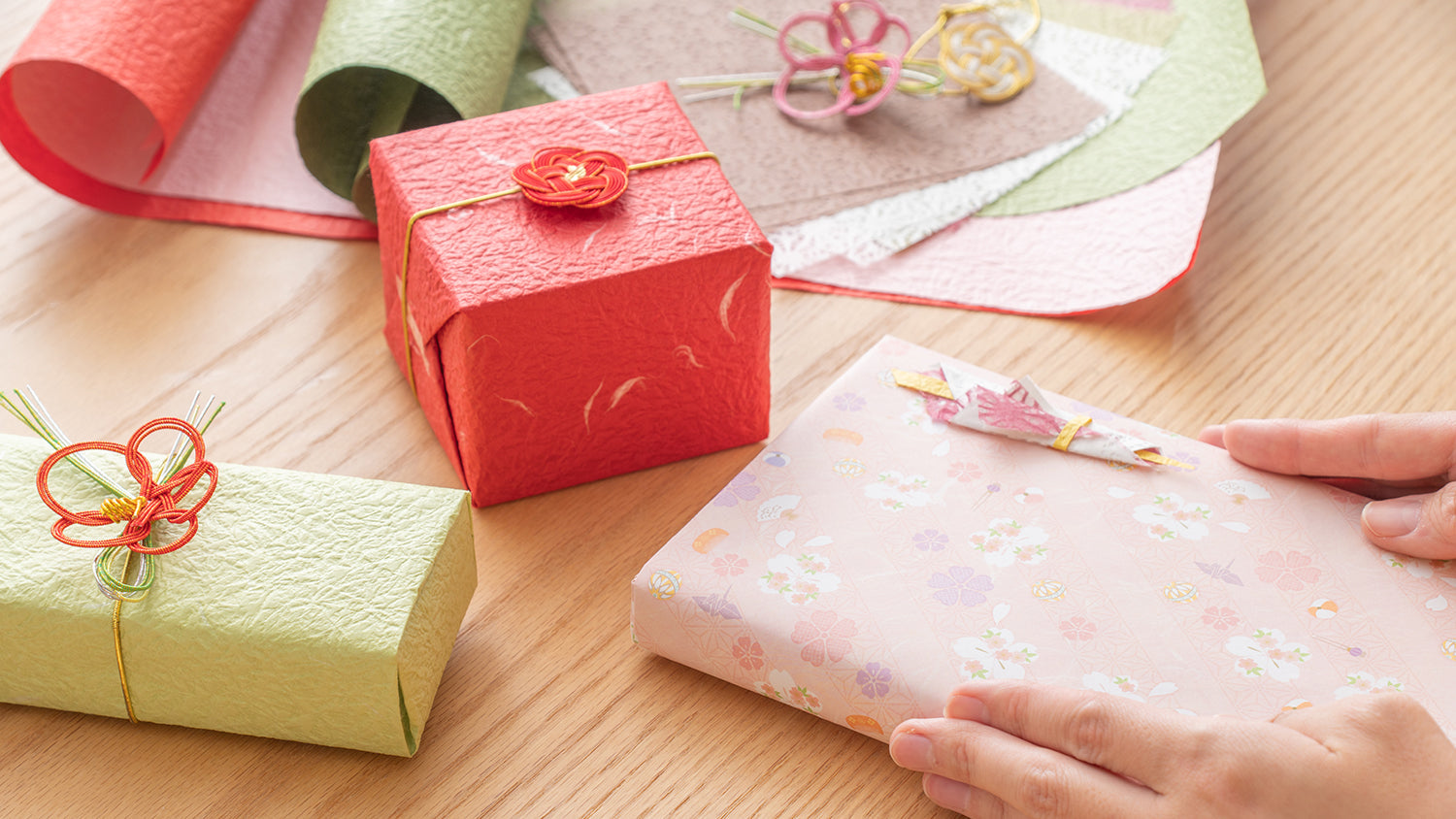

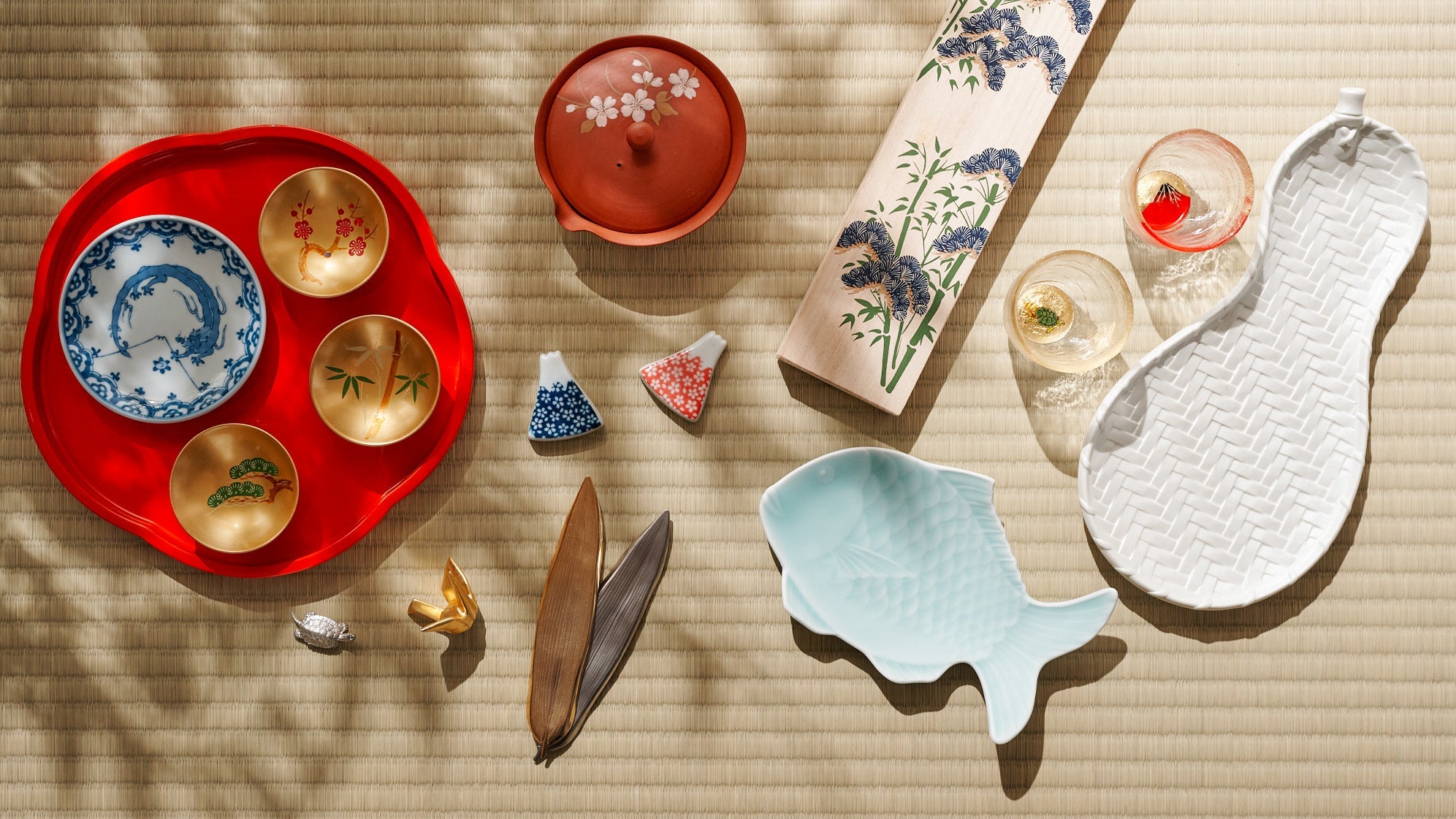
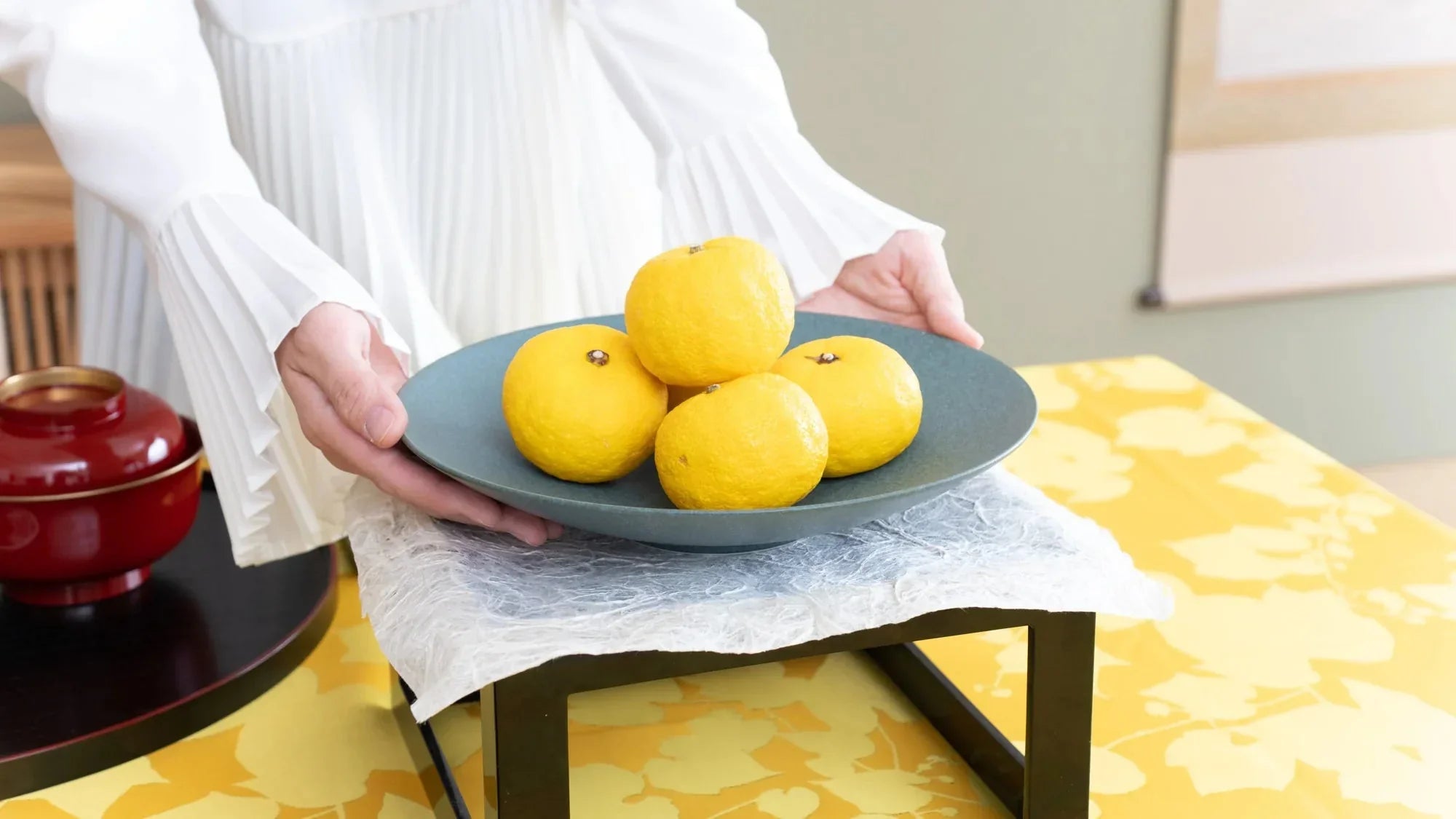
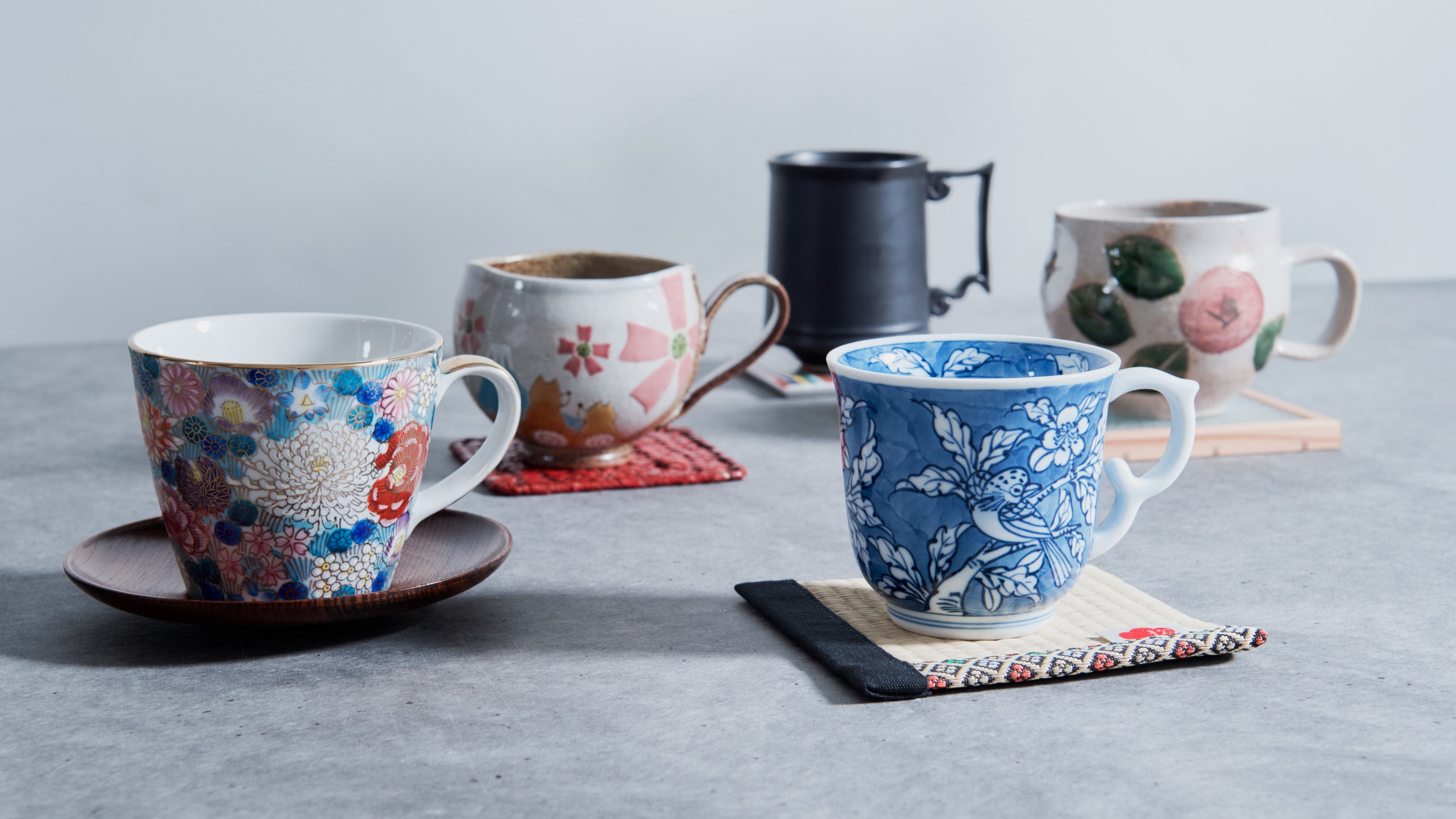
Leave a comment
This site is protected by hCaptcha and the hCaptcha Privacy Policy and Terms of Service apply.